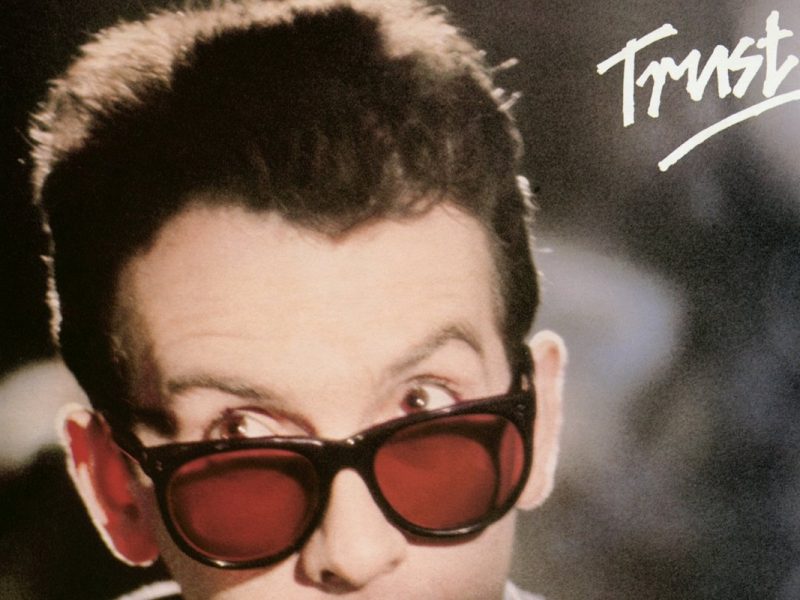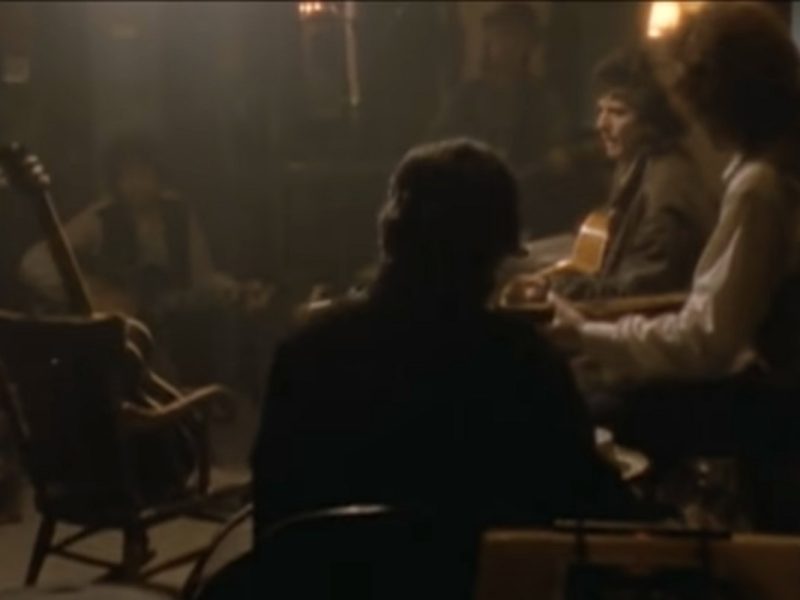For most people, the first thing that comes to mind about George Thorogood & the Destroyers is “Bad to the Bone.” The song. But not the album of the same name.
Thorogood’s iconic hit, part of enough movie and TV soundtracks to buy him much more than one bourbon, scotch or beer, serves as the title track for the band’s fifth album and the first for a major label, EMI, after a tenure with the independent Rounder Records. The 10-song set caught Thorogood and his group in high flight, too, hot off dates opening for the Rolling Stones and the Freeze-Frame-hot J. Geils Band. The band had been in front of a lot of eyeballs and eardrums, and the moment to capitalize had arrived.
“It was a big deal — a bigger deal, at least,” Thorogood, who rerecorded seven of Bad to the Bone‘s tracks for a 2007 reissue, told this writer a few years later. “It was a bigger record company and they were ready to put some money behind us and get the records in the stores and push it. … I don’t know if we felt pressure. We just went in and did what we do. It’d be stupid to try to be anything else.”
That philosophy served Bad to the Bone well. The album reached No. 43 on the Billboard 200, went gold and spawned Thorogood’s first two Top 40 Mainstream Rock chart hits: his version of the Isley Brothers’ “Nobody but Me” (later a Top 10 garage-rock hit for the Human Beinz), which climbed to No. 32, and the title track, which reached No. 27.
“Bad to the Bone” has gotten and continues to get its due. But what about the rest of the Bad to the Bone album? It’s certainly a record that can be held up as one of the Destroyers’ best, and a case can be made that it’s the best. To prove it, we steer you to these half-dozen additional tracks that put some extra meat on the Bone beyond its celebrated title song.
“Back to Wentzville”
“Back to Wentzville” is a Chuck Berry-styled rocker with onetime Rolling Stone Ian Stewart pounding piano in the background and Hank Carter unleashing a ferocious saxophone solo. The first of Thorogood’s three originals is a bar-band template that gives your speakers, or earbuds, an aerobic workout.
“Blue Highway”
On “Blue Highway” the Destroyers get high and lonesome on a rootsy track co-written by Electric Flag frontman Nick Gravenites. Thorogood starts with just his voice and guitar before the band kicks in after the first chorus, honky tonkin’ its way to a hot slide solo that takes the track out.
“Nobody But Me”
A frat party is as good a fit for the Destroyers as a bar, and one can see the group tearing through the rowdy “Nobody but Me” in Animal House‘s toga-party scene right after Otis Day and the Knights finish “Shout.” The Bad to the Bone take is faithful but stripped down, drummer Jeff Simon pounding it into a furious but joyous explosion.
“Miss Luann”
There’s much to like about Thorogood’s third original on the album, “Miss Luann” – from the opening slide guitar riff to more of Ian Stewart’s rollicking piano and a chugging boogie rhythm accented by more of Hank Carter’s sax honks. It’s prototypical Destroyers, and whoever said that was a bad thing?
“As the Years Go Passing By”
“As the Years Go Passing By” is another nice change of pace, slow and soulful with a rich sax solo by Carter. The tune has a bit of a confusing history: Originally recorded by Fenton Robinson in 1959, it was written by Harrison “Peppermint” Harris but credited to Deadric Malone, a pseudonym for Duke Records owner Don Robey. It’s another example of the way writers and artists were exploited by their labels back in the day.
“Wanted Man”
If anyone thought Bob Dylan wasn’t in George Thorogood’s wheelhouse, his album-closing treatment of “Wanted Man” proves otherwise. Turns out Thorogood is pretty adept on acoustic guitar (those paying attention already knew this), and his grizzled vocal is a perfect fit for the song’s chippy cadence. On the album itself, it provided a counterpoint to the fusillade of “Bad to the Bone,” which comes right before it.
Top 40 Blues Rock Albums
Inspired by giants like Muddy Waters, Robert Johnson and B.B. King, rock artists have put their own spin on the blues.



